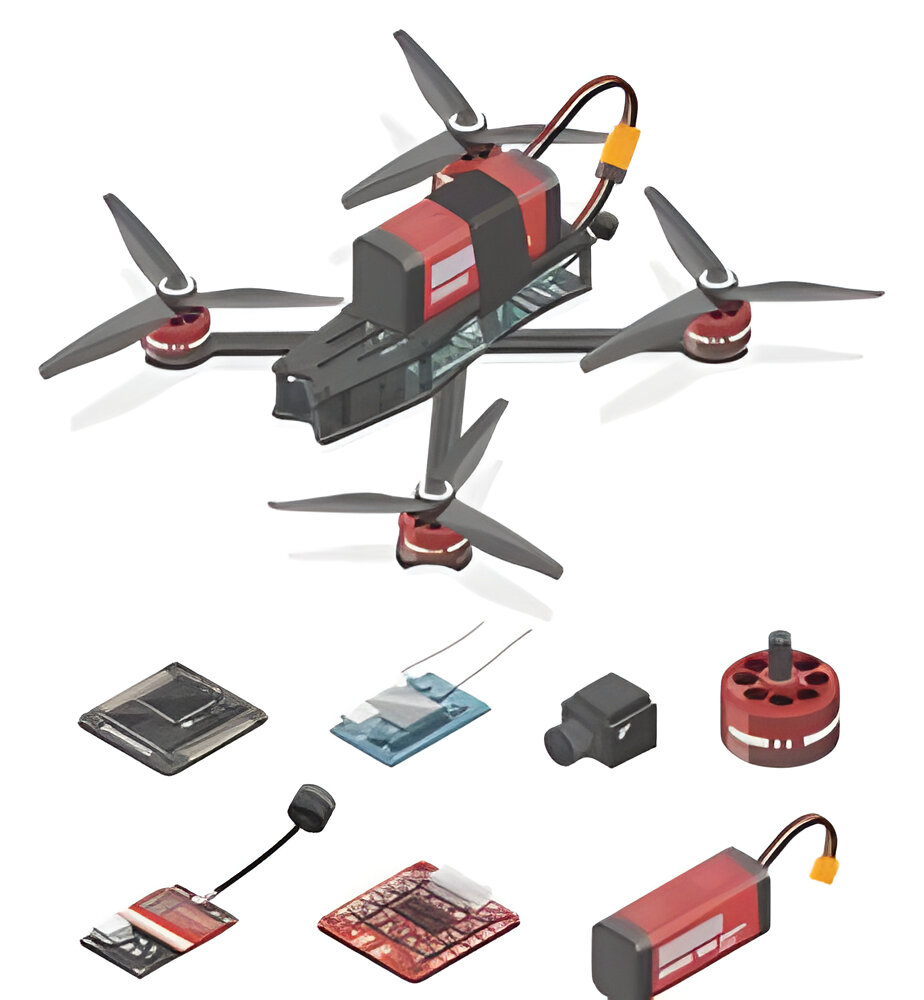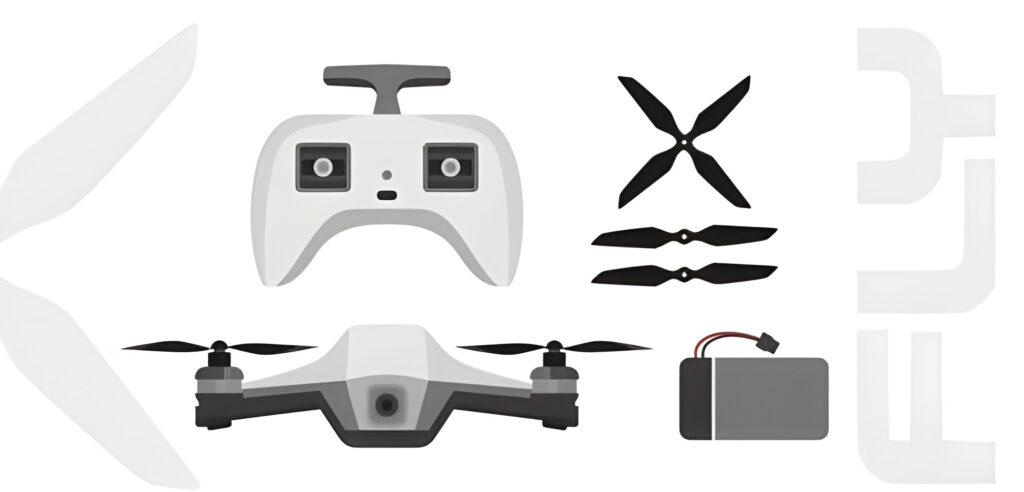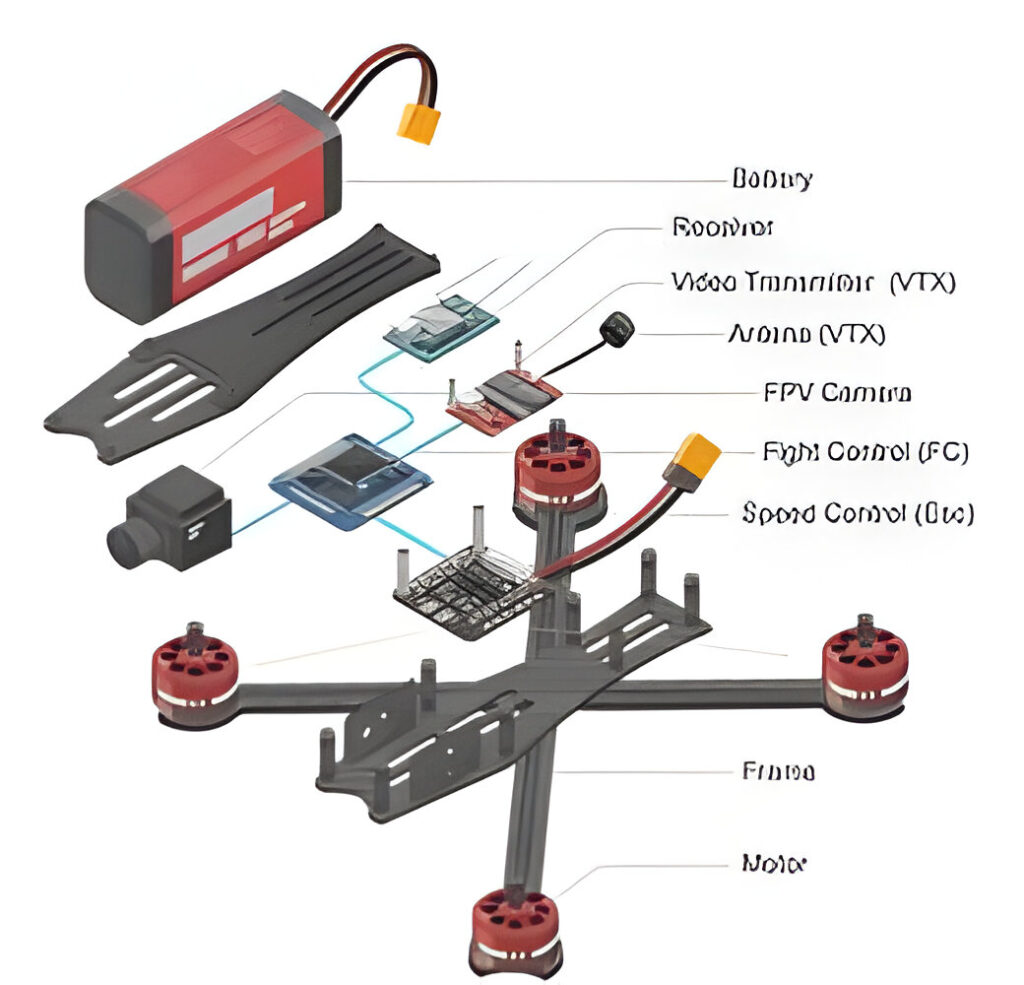Flying FPV drones is an exhilarating experience, but ensuring your drone is equipped with the right parts is crucial for optimal performance and longevity. This guide will explore six essential tips for optimizing your FPV Duo Drone Parts to enhance your flying experience.
Getting Started with FPV Duo Drone Parts

Embarking on the journey of FPV drone flying requires understanding the components that make up your drone. Each part plays a vital role in the overall performance, from the frame to the motors, batteries, and cameras. Let’s explore how you can optimize each aspect for an enhanced FPV experience.
Choosing the Right Frame
Your FPV drone’s frame is the primary structural support system and housing for other parts. Opt for a lightweight yet durable frame constructed from carbon fiber to ensure agility without compromising strength. Additionally, consider the frame’s design for ease of maintenance and repair.
Selecting High-Performance Motors
Motors are the powerhouse of your FPV drone, and they are responsible for propelling it through the air with speed and precision. Invest in high-quality brushless motors with sufficient thrust-to-weight ratio for agile maneuvers and responsive controls. Balanced motor performance ensures stability during flight, especially in challenging conditions.
Optimizing Battery Life
Battery life is a critical factor in FPV drone flying, as it determines the duration of your flights. Choose lithium polymer (LiPo) batteries with high discharge rates and ample capacity to sustain prolonged flight sessions. Proper battery management, including regular charging cycles and storage practices, can extend the lifespan of your batteries.
Enhancing Camera Quality

The FPV camera provides real-time video transmission, allowing you to navigate your drone with clarity and precision. Opt for high-definition cameras with low latency for immersive FPV experiences. Adjustable camera settings, such as exposure and white balance, enable customization to suit varying lighting conditions.
Ensuring Reliable Connectivity
Maintaining a stable connection between your FPV drone and remote controller is essential for safe and enjoyable flights. Invest in reliable radio frequency (RF) systems with secure transmission protocols to minimize signal interference and dropout. Antennas with high gain and diversity capabilities enhance signal strength and reception range.
Motors and Propellers: Powering Your Flight
Motors and propellers are the driving force behind your FPV Duo Drone, propelling it through the air with precision and agility. High-quality motors provide the thrust needed for rapid acceleration and smooth maneuvers, while well-balanced propellers ensure efficient airflow and minimal vibration.
Understanding Motor Specifications
When choosing motors for your FPV Duo Drone, pay attention to key specifications such as KV rating, stator size, and motor type. Higher KV ratings indicate faster motor speeds, ideal for racing drones, while lower KV ratings are better suited for stability and efficiency in aerial photography drones.
FAQs (Frequently Asked Questions)
- How can I improve the range of my FPV drone?
- Increasing the transmitter power and using high-gain antennas can extend the range of your FPV drone.
- What is the ideal battery voltage for FPV drones?
- The perfect battery voltage depends on the specifications of your drone’s electronic components, but most FPV drones operate on 3S or 4S LiPo batteries.
- How do I calibrate the flight controller?
- Calibrating the flight controller involves ensuring proper orientation and sensor calibration through the drone’s software interface.
- Can I upgrade the FPV camera on my drone?
- Yes, many FPV drones allow for camera upgrades, but compatibility with the existing hardware should be verified before making any modifications.
- What safety precautions should I take when flying FPV drones?
- Always fly in open areas away from people and property, adhere to local regulations, and perform pre-flight checks to ensure the drone is in optimal condition.
- How do I troubleshoot common issues with FPV drones?
- Troubleshooting FPV drone issues may involve diagnosing electrical connections, inspecting components for damage, and consulting online resources or community forums for assistance.
Conclusion
By following these tips for optimizing your FPV Duo Drone Parts, you can elevate your flying experience to new heights. Remember to prioritize quality components, regular maintenance, and safe flying practices to unlock the full potential of your FPV drone.


